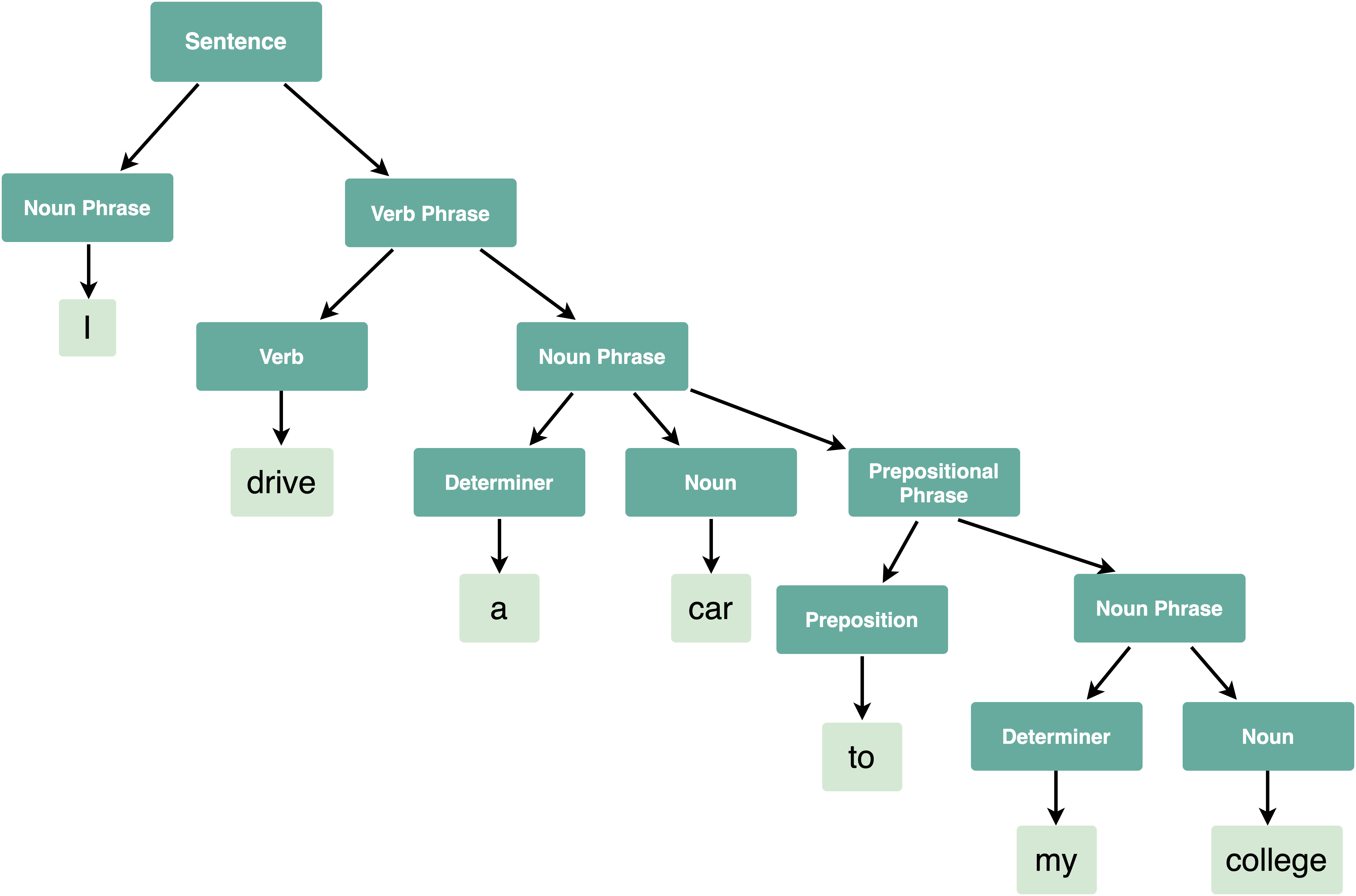NOTE: These are general suggestions. Please check your syllabus or talk with your professor about the specifics of your assignment.
Most hermeneutical professors include the following items in their exegesis. Please refer to your syllabi for any special instructions.
- Determine what the original text actually is.
a. Textual criticism can be helpful.
b. Did you find any problems that could affect the interpretation?
- Determine the authorship and original intended audience.
- Literary elements
a. Genre. What affects might this have?
- Historical context:
a. Date written?
b. culture of the times
c. social context
- Personal Analysis
a. Verse by verse explanation
b. Key words? Any repetition?
c. Grammatical Analysis - if you remember how to make sentence trees in school? These can be helpful. Pay attention to adjectives and adverbs, similes, metaphors, and figures of speech.

- Discuss main and sub-themes and their significance to the passage.
a. Do they allude to any other scripture texts?
- Theological Implications and Applications
a. Does your understanding indicate this is a universal application or a local on (only for the readers)? What does this mean?
b. How does this relate to current times? What is the significance of this today for individual and/or churches?
c. What personal situations might this text relate to today?
d. Most importantly, pray over this study. What is God trying to tell you through this text? What does He want you to be or to do? What sins need confessed? What thanks need to be offered? What prayers need to be made? This is for you, the speaker to consider as you prepare this exegesis.

